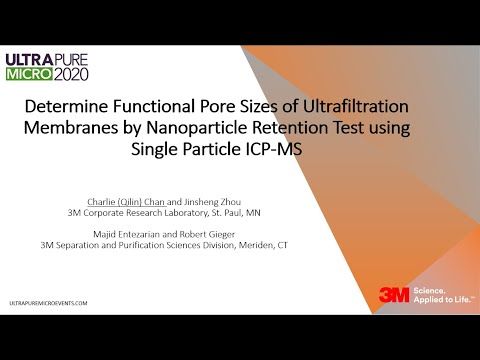Filter Media Removal Characteristics in the Low nm Range
Date Published 2018 | Conference materials
Log in or Join UltraFacility to access this content
To access our resources you will need to be a member of UltraFacility, log in to your account or purchase a membership to view this content.
Already have an account? Log in
This presentation was given at the Ultrapure Micro 2018 annual conference. It was presented in the Ultrapure Water Production track, as part of the Solving Current UPW Challenges with Innovative Design Solutions session.
Organizations: Pall
Authors: Rolf Berndt, Tags: NanoparticlesFiltrationParticle Count and DetectionSEMIMembranes
Related content
2021
Cobetter Filtration - NOVACON™

Conference material | 2020
Determine functional pore sizes of ultrafiltration membranes by nanoparticle retention test using single particle ICP-MS
Conference material | 2016
Investigation of 10 nm Particles and its Reduction Systems for UPW Production
Conference material | 2016
UPW ITRS and SEMI: Past – Present – Future of Enabling Advanced Existing and Future Technologies
Back to results